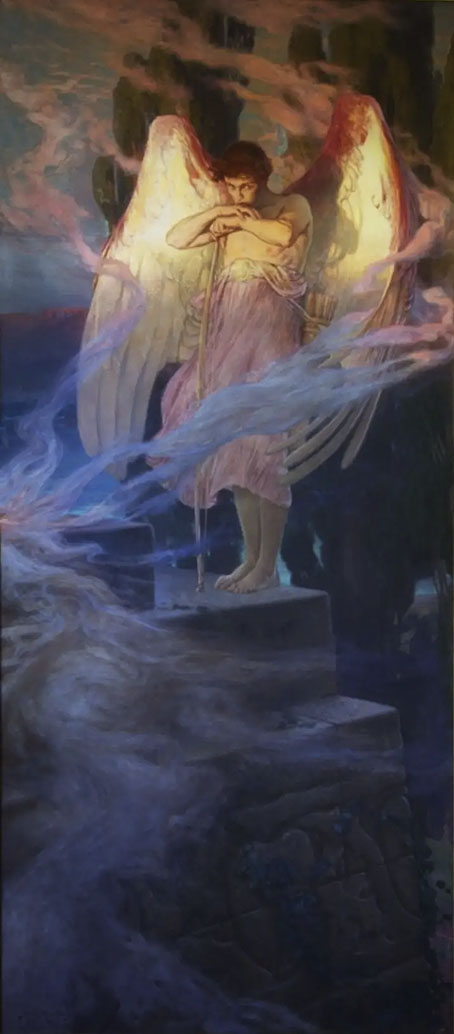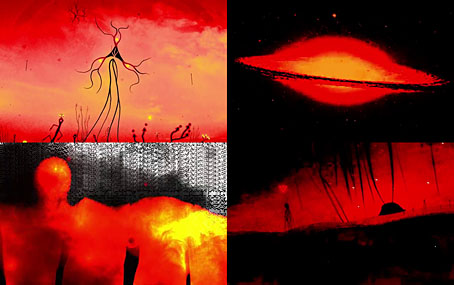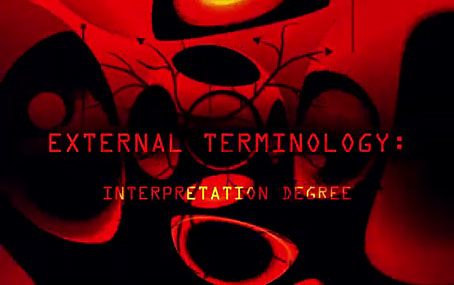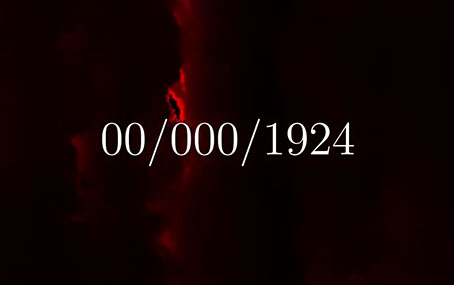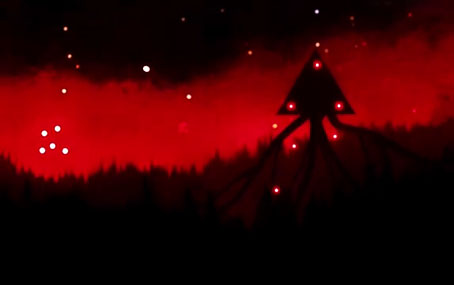Spook Month starts tomorrow so it no longer feels too early to post this marvellous (undated) etching of the opening scene from The Fall of the House of Usher by Edgar Allan Poe. Robert Lawson (1892–1957) was an American author and illustrator whose early etchings were featured here some years ago after I turned up another wonderfully atmospheric piece depicting galleons rotting in the weed-tangled waste of the Sargasso Sea. I’m pleased that this gallery page which shows many more Lawson prints is still active over a decade later; they don’t have the Poe etching, however. A few copies may be found on the big auction sites but the best ones are blighted with a watermark.

Preparatory pencil drawing.
The title of Poe’s story refers to two separate falls, the dissolution of the Usher family line, and the physical collapse of the house in which Roderick and Madeline Usher pass their days, a calamity augured by the crack in the masonry which the narrator sees when he arrives at the shore of the black tarn. Lawson pays close attention to all the relevant details which Poe’s narrator is unable to regard as offering a sublime spectacle, something that film-makers and other illustrators (when they depict the house at all) don’t always honour:
I looked upon the scene before me—upon the mere house, and the simple landscape features of the domain—upon the bleak walls—upon the vacant eye-like windows—upon a few rank sedges—and upon a few white trunks of decayed trees—with an utter depression of soul which I can compare to no earthly sensation more properly than to the after-dream of the reveler upon opium—the bitter lapse into every-day life—the hideous dropping off of the veil. There was an iciness, a sinking, a sickening of the heart—an unredeemed dreariness of thought which no goading of the imagination could torture into aught of the sublime. What was it—I paused to think—what was it that so unnerved me in the contemplation of the House of Usher?
Unless there’s more like this from Lawson the only other print of his that approaches horror is the Sargasso one; everything else is historical scenes or the light fantasy he continued to draw in his subsequent career as an illustrator of children’s books.
Elsewhere on { feuilleton }
• The etching and engraving archive
Previously on { feuilleton }
• Edmund Dulac’s illustrated Poe
• The Fall of the House of Usher, 1928
• The Purloined Eidolon
• Martin van Maële’s illustrated Poe
• Mask of the Red Death, 1969
• Narraciones extraordinarias by Edgar Allan Poe
• Fritz Eichenberg’s illustrated Poe
• The Pendulum, the Pit and Hope
• Hugo Steiner-Prag’s illustrated Poe
• Burt Shonberg’s Poe paintings
• Illustrating Poe #5: Among the others
• Illustrating Poe #4: Wilfried Sätty
• Illustrating Poe #3: Harry Clarke
• Illustrating Poe #2: William Heath Robinson
• Illustrating Poe #1: Aubrey Beardsley
• Poe at 200
• The Tell-Tale Heart from UPA
• William Heath Robinson’s illustrated Poe


